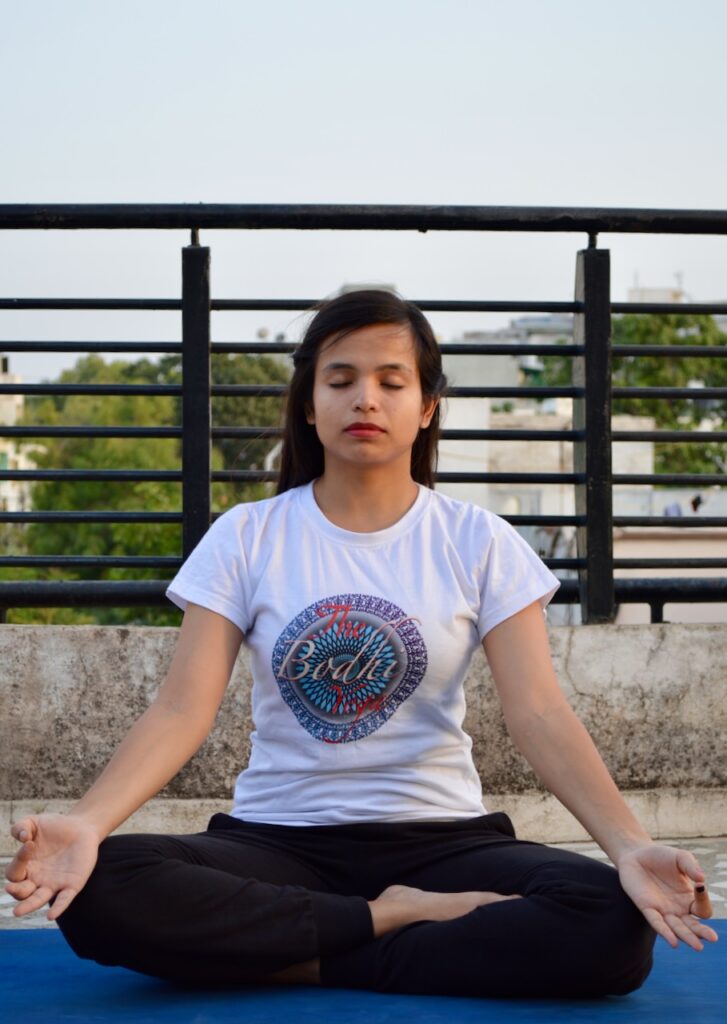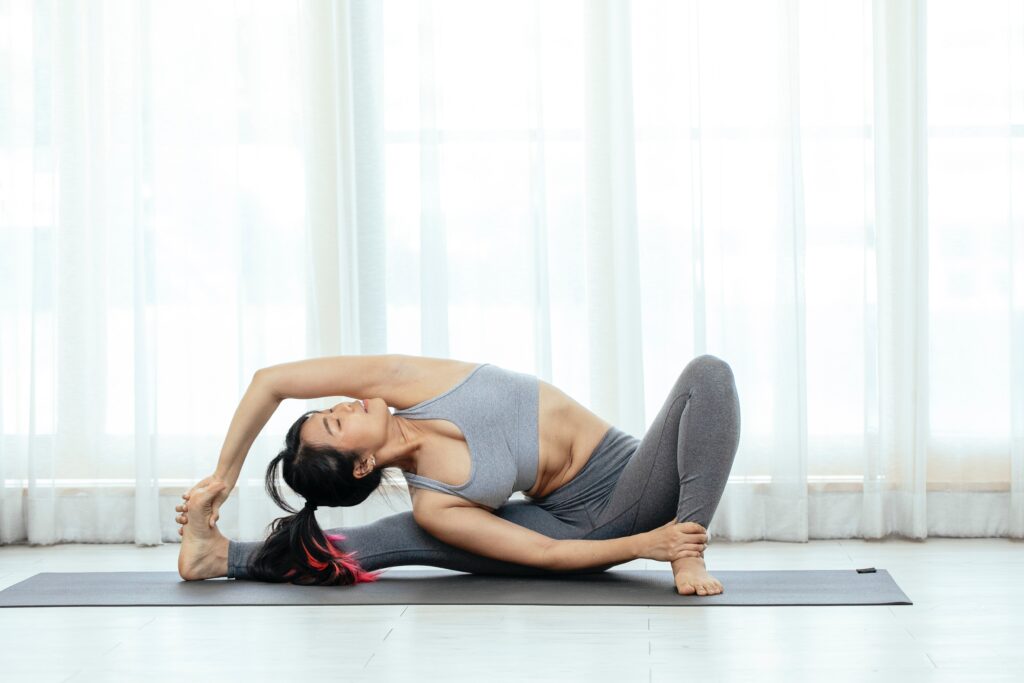What is Hatha Yoga – A Simple Introduction

Hatha Yoga is a branch of yoga that emphasizes physical postures, or asanas, as well as breathing techniques, or pranayama. It is one of the most popular forms of yoga in the Western world, and is often considered to be a beginner-friendly form of yoga that can be practiced by people of all ages and fitness levels.
Hatha yoga originated in India thousands of years ago and its origins can be traced back to the ancient texts of the Upanishads, which discuss the practice of yoga as a means of attaining spiritual enlightenment. The word “hatha” is derived from the Sanskrit words “ha” which means “sun” and “tha” which means “moon”. This refers to the balance of opposing forces in the body, such as the balance of strength and flexibility.
The practice of Hatha yoga typically begins with a series of warm-up exercises and stretching to prepare the body for the asanas. These asanas, or postures, are designed to strengthen and tone the body, improve flexibility and balance, and promote relaxation and calmness of the mind.
One of the most well-known and basic Hatha yoga postures is the downward-facing dog, or Adho Mukha Svanasana. This posture is often used as a starting point for many other postures and it is believed to help stretch the entire body, from the fingers and toes, to the spine and head. Other basic postures include the mountain pose, or Tadasana, which is said to help improve posture and balance, and the child’s pose, or Balasana, which is used for relaxation and release of tension in the back and shoulders.
In addition to physical postures, Hatha yoga also incorporates pranayama, or breath control, into its practice. These breathing techniques are believed to help to control the flow of energy in the body and promote feelings of calm and relaxation. The most commonly taught pranayama in Hatha yoga is the four-part breath, or Ujjayi pranayama, in which the breath is drawn in deeply through the nose and exhaled through the mouth, with the glottis constricted to create a soft, whispering sound.
Along with physical and breathing practices, Hatha yoga also places a strong emphasis on meditation and mindfulness. The purpose of meditation in Hatha yoga is to help quiet the mind, to improve focus and concentration, and to bring a sense of peace and calm to the practitioner. The practice of yoga nidra, also known as “yogic sleep”, is a deep relaxation technique that is often practiced at the end of a Hatha yoga class and is said to help release tension from the body and mind.
Hatha yoga is considered to be a holistic practice that can provide many benefits, not only for the body, but also for the mind and spirit. Regular practice of Hatha yoga can help to improve flexibility, strength, and balance, as well as reducing stress, anxiety and tension in the body. It also can help to improve mental clarity, reduce symptoms of depression and improve overall well-being.
In conclusion, Hatha yoga is a ancient practice that can be enjoyed by people of all ages and fitness levels. It emphasizes physical postures, breathing techniques and meditation to help bring balance and harmony to the body and mind. Regular practice of Hatha yoga can help to improve physical and mental health and well-being, making it a valuable practice for anyone looking to improve their quality of life.


